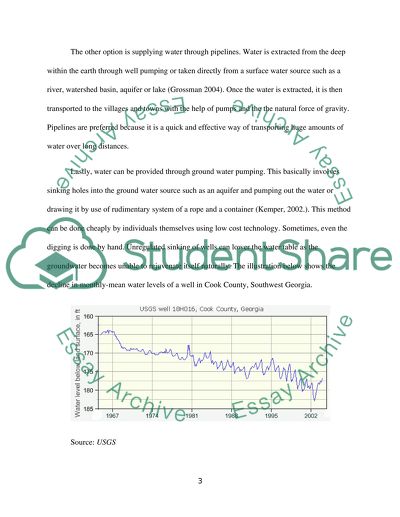Cite this document
(“Techniques for Providing Fresh Water to Arid Regions Essay”, n.d.)
Techniques for Providing Fresh Water to Arid Regions Essay. Retrieved from https://studentshare.org/environmental-studies/1668248-techniques-for-providing-fresh-water-to-arid-regions
Techniques for Providing Fresh Water to Arid Regions Essay. Retrieved from https://studentshare.org/environmental-studies/1668248-techniques-for-providing-fresh-water-to-arid-regions
(Techniques for Providing Fresh Water to Arid Regions Essay)
Techniques for Providing Fresh Water to Arid Regions Essay. https://studentshare.org/environmental-studies/1668248-techniques-for-providing-fresh-water-to-arid-regions.
Techniques for Providing Fresh Water to Arid Regions Essay. https://studentshare.org/environmental-studies/1668248-techniques-for-providing-fresh-water-to-arid-regions.
“Techniques for Providing Fresh Water to Arid Regions Essay”, n.d. https://studentshare.org/environmental-studies/1668248-techniques-for-providing-fresh-water-to-arid-regions.


